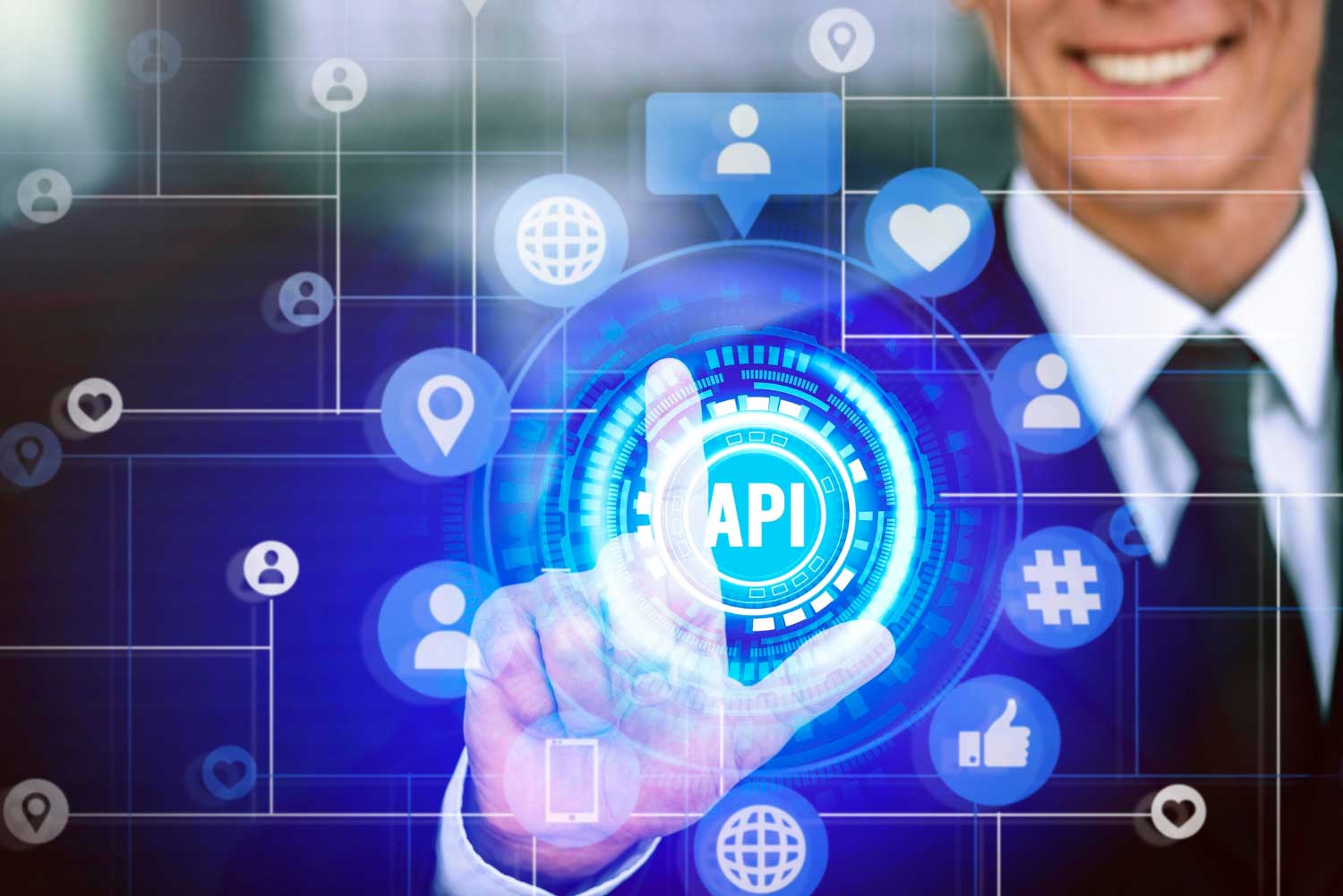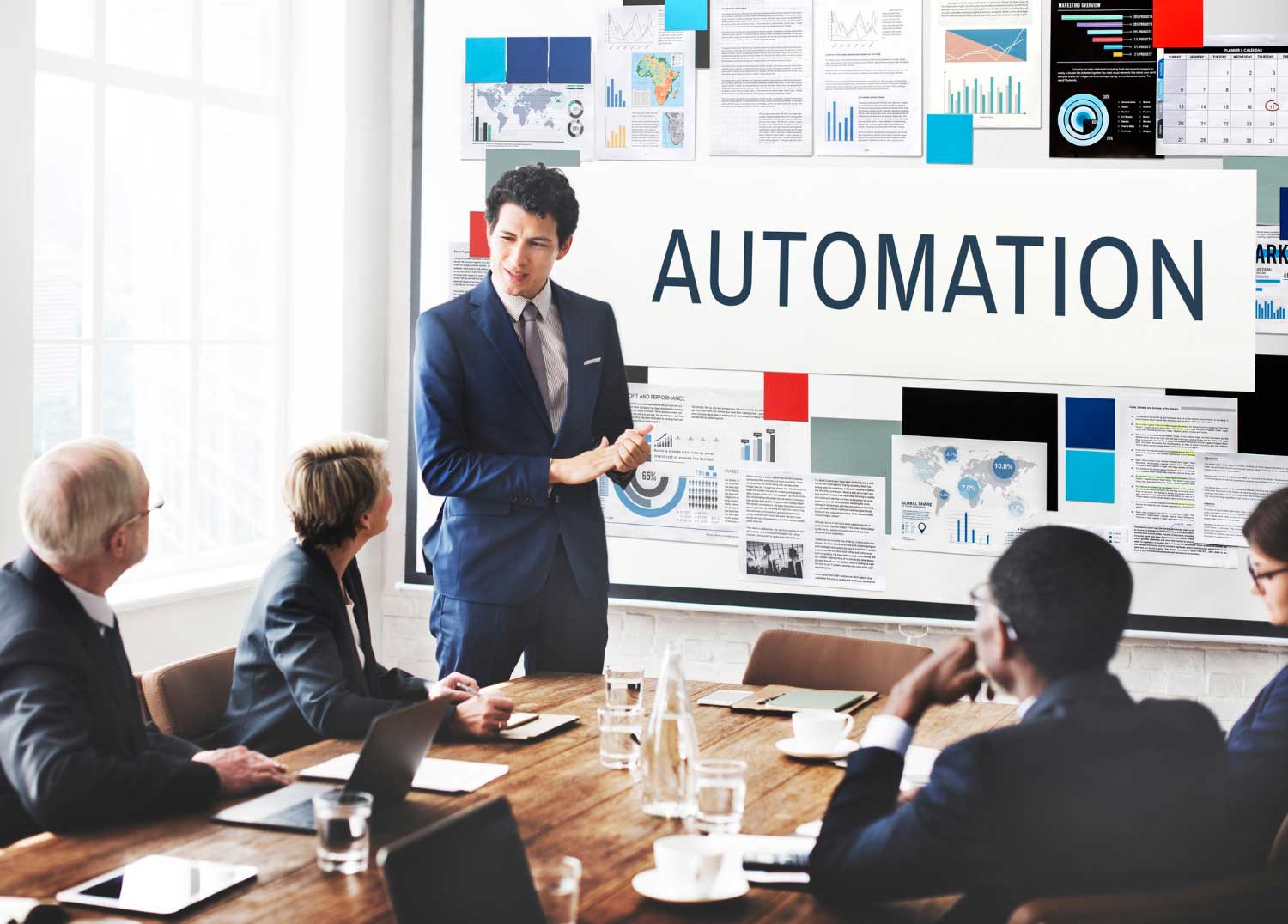Few people know, but the global construction market will reach $15 trillion by 2025, growing at a 7% CAGR. That market is huge. Despite this, the business needs to be more cohesive, has a convoluted supply chain, and a maze of players engaged in infrastructure construction.
Management has been the secret to success in the field since there are many moving elements to keep track of. But do you know that we can use artificial intelligence to manage every stage of development in IT infrastructure management?
It majorly includes things from planning through execution and shutdown and making plans. It can fundamentally alter how infrastructure is designed and constructed. AI is transforming every step of the infrastructure development process, from estimating demand for new construction projects to designing materials and erecting structures.
We’ll look at how AI is changing infrastructure development in this article. We’ll start by examining what makes conventional process management so challenging. Next, we’ll talk about how the Management of the growth process is becoming more effective than ever, thanks to AI. Hence, Let’s get going!
Traditional Management and Modern AI’s Management Working Role in Infrastructure Development Processes
In this article section, let’s discuss how traditional management methods differ from today’s modern AI methods of IT infrastructure management. Hence, read the following section to know the best of the subject.
Traditional Management in Infrastructure Development Processes
The traditional administration of the infrastructure development process is a challenging and complex endeavour. All parties involved must work together, including construction firms, suppliers, designers, and the neighborhood community.
Before any building can commence, the process requires careful planning. Human resources and resources must be allotted based on demand, machine power must be anticipated, and even weather conditions must be considered.
The involvement of several stakeholders can cause projects to be delayed or even fail since they frequently have divergent objectives and timetables. For instance, suppliers could feel under pressure to make quick decisions due to time restrictions, which could lead to the usage of defective building materials.
Also, diligent Management is needed to maintain infrastructure like roads and trains and develop it. Preparing in advance for these services might be challenging because their demand could be more anticipated.
AI’s Role in Infrastructure Development Processes
There is no question that AI is significantly changing the infrastructure development sector. In reality, a lot of research and analyses have indicated that the infrastructure industry is adopting AI applications at a rapid rate. Here are some of the main factors contributing to this growth:
- Rising need for new construction projects: The world’s population is expanding quickly, causing demand to rise. By predicting upcoming demands and trends, AI can assist in anticipating and satisfying this desire.
- The need for increased efficiency and security: Infrastructure construction is frequently time-consuming, expensive, and dangerous with the help of automated operations like different types of material designing and construction. By the help of artificial intelligence has proven to aid in increasing further productivity and safety.
- Innovating is necessary: Construction companies must concentrate on innovation and efficiency enhancements to remain competitive in the global market. Infrastructure designers now have a chance to accomplish just that, thanks to AI.
- Demand for intensive data manufacturing: Today’s era of modern power processing and capabilities is significant in the requirement process. AI can help with this by efficiently and swiftly performing complex tasks, like all the enormous amounts of data generated by infrastructure construction and projects like location-based services.
What’s The Use Of AI In Its Infrastructure Management?
AI can be used to enhance and improve system performance and can help to boost productivity. By automating the process, you can optimize the costs with investments, including all necessary activities in IT infrastructure management. You can also maintain the service quality by monitoring it all.
Read the below section, and you will understand the application of artificial intelligence to IT infrastructure management.
- Monitoring and Alerting: Apart from all other AI applications, many other AI applications can be used to monitor system performance. This can also inform users, helping to find issues before they have significant repercussions. This can be done by setting up automated notifications sent out when specific criteria are reached, such as when a certain amount of CPU usage is reached.
- Predictive Maintenance: AI can use data analysis to predict when a system, element, or component will fail. Predictive maintenance is what is meant here. As a result, downtime and maintenance costs may be reduced by preventative maintenance.
- Resource Optimisation: AI can examine usage trends and distribute resources according to demand. Costs could be brought down, and resource efficiency could be increased.
- Security: AI can quickly identify possible security issues by spotting abnormalities and strange patterns in network traffic. By doing this, hacks and data breaches may be avoided.
- Planning for Capacity Needs: AI can analyse historical usage data to forecast future demand and assist with capacity planning. This can assist in preventing over- or under-provisioning and ensure that IT infrastructure is appropriately sized.
Ways AI is Transforming Infrastructure Development
It goes beyond the simple quantity of AI applications. Where these applications are used to make an impact is another important factor. Hence, the following lists how AI alters infrastructure construction, including reading until the end.
1. Project Design and Planning
In developing infrastructure, the planning and design phase is crucial. This is because most of a project’s budget and schedule are established at this period. Because of this, substantial modifications made during this stage may result in significant cost overruns or delays that impact future stages of the project.
Artificial intelligence could assist in solving this issue by utilising more precise project management data and enabling resource and process optimization in areas like material design, scheduling, and planning.
Using historical and applicable geospatial data on prior projects, AI models may precisely simulate the activities involved in the project lifecycle. A model that can help determine the appropriate material composition for a specific site and how long it will take to develop a project there is an example.
The team in charge of the project management program “Dynamic Scheduling” uses data mining capabilities of AI to enhance planning and task optimisation for the building planning process.
By gathering data on all aspects of a given task (workforce, material requirements, budget), handling them across various worksites, and enabling real-time evaluations and analyses on the distribution of resources, dynamic scheduling gadgets decrease errors and make sure organisations meet business objectives.
2. Monitoring and Maintenance
The tracking and leadership phase of the entirety of the undertaking lifetime is another critical stage. In this stage, AI improves dependability, efficacy, and security. For instance, IoT sensors monitor assets throughout their lives to ensure they perform at their best.
This guarantees that tasks like construction are finished safely without affecting the functionality of any particular asset. Similarly, real-time data may be gathered from building information systems and analysed by AI tools to help decision-makers determine the best ways to maintain a structure over its lifetime.
Additionally, AI-based solutions are being created that enable proactive maintenance by analysing sensor data from multiple systems throughout an infrastructure network, covering anything from structural components (soil conditions) to environmental aspects (climate change). This makes it possible to perform preventative maintenance to keep assets in top functioning condition for as long as possible. This fundamentally implies there is a constant requirement for:
- Monitoring the functionality of the system
- Keeping it up to date
- Correcting damage
- Seeing early indications of wear and tear
3. Rethink Risk, Regulation, and Safety
The primary function of AI in this area is to leverage developments in machine learning to build more precise risk analysis models, enabling better decision-making processes for infrastructure safety measures.
AI can play a crucial role in risk assessment by analysing costs and possible scenarios for the future based on historical data. AI is being utilised, for instance, in risk evaluation software to enable the development of models that can provide insights into the many hazards associated with construction projects, such as monetary, operational, and technological aspects.
Using the potential problems associated at each stage of the project’s lifespan, these models may be used to provide reports showing how likely it is that a particular project would fail. The projects requiring a further financial assessment to evaluate whether the project’s advantages outweigh its dangers can be identified using these reports.
Additionally, AI can assist in decreasing the incidence of accidents by identifying dangers that require prompt attention by learning from previous incidents or recognised hazardous situations. This may lessen the fatalities brought on by avoidable accidents, as well as the damage of property and the responsibilities borne by organizations. Applying current regulations to particular and upcoming projects can be examined using machine learning methods.
4. Automation of construction procedures
When executing infrastructure projects, computerized procedures typically involve manual labour. This method uses less labour and may be carried out on a bigger scale, potentially lowering costs and increasing efficiency.
By developing models that allow for the following, AI is assisting in improving the current automated it service management processes:
- Better distribution of resources.
- Fewer traffic jams on-site and during material transportation thanks to AI-powered robotics.
- More precise scheduling by fully utilizing 3D data from several sensors positioned across the work site.
5. Sustainability and Adaptability
Building infrastructure must prioritize sustainability, and intelligence has the potential to assist businesses in adopting sustainable practices into their daily business practices. Information about a project’s adverse environmental effects can be provided by the technology in question through:
- Analysis of the environmental footprint;
- Measures used in green building design;
- Indexing of energy usage.
The Impact of AI on Infrastructure Management Services
IT infrastructure has become flexible, intangible, and on-demand because of rapid improvements in Service Defined Networks and Cloud Computing. Infrastructure, however, still needs to be intelligent and depends on human interaction to comprehend the relationship between various IT components, identify data trends, and take the necessary actions. In this area, artificial intelligence can lead to a revolution and eventually launch self-driven and faultless infrastructure.
The disruption brought about by AI’s encroachment into every sphere of digital services is considerable. It may have far-reaching effects on companies that build software and provide IT assistance. Let’s examine specifically how it is affecting the administration of IT infrastructure services.
1. Demand for Greater Resources
The demand for more resources will most impact the administration of infrastructure service providers. Organizations look for cloud computing services or servers with access to GPUs and CPUs with numerous cores to supply the enormous computational capacity that AI systems require.
Large volumes of data are required for AI training or machine learning, which increases storage space and computational power requirements. As a result, there will be a considerable need for networking resources to help them.
2. The Necessity for AI in Security
Since software security systems frequently produce mountains of logged data, it is practically impossible for humans to conduct an independent analysis. Innovative statistics for security, user, entity behaviour, threat intelligence, and other topics are emerging.
These analytics use machine learning and sophisticated algorithms to identify, stop, and lessen threats that would have otherwise eluded detection. Of course, malicious programmers may include AI in their creations and increase the frequency of AI-based attacks. That circumstance, though, is still a ways off.
3. Intelligent Monitoring
Networks and other interfaces can be monitored using artificial intelligence. Platforms exist that provide artificial intelligence (AI) full-stack monitoring, combining machine learning with extensive data analysis to give IT service providers innovative monitoring capabilities. SumoLogic, Dynatrace, and Spunk are examples of platforms offering monitoring features.
4. Automated Support
The majority of us want Siri, Alexa, and Cortana there all the time; we have not only become accustomed to them. We are accustomed to chatbots on numerous websites responding to our inquiries. AI might soon be implemented at help desks.
The provision of round-the-clock help is a crucial requirement for managing IT infrastructure services; the automated support, IT support personnel may be freed from the stress of being accessible constantly while still providing their organisations with adequate service. A few examples of software with limited helpdesk capability include IBM Watson and Amelia from IPSoft.
5. Intelligent Storage
Industry insiders predict that AI will transform storage management. Systems could learn I/O patterns and the data life cycles through machine learning. As a result, storage solutions can decide how to optimise and tiered storage.
Perhaps in the future, AI can predict when a storage solution is about to fail, giving users enough time to take backups and, if required, make hardware upgrades.
6. AI-defined Infrastructure Management
Although the technology is still developing, some business experts believe that eventually, AI will be able to actively manage and maintain the complete system rather than protect, administer, and answer network-related questions.
The term “AI-driven” or “AI-defined” infrastructure management refers to the highest level of automation in infrastructure management. Even as you read this essay, the basic technology is being developed for software-defined data centres and specific software tools that could make this vision a reality.
7. Improve Customer Satisfaction
When used to build a solid IT infrastructure, artificial intelligence can enhance lead tracking and knowledge of the customer’s conversion from a lead to a regular client. Using machine learning, continuous oversight lessens the burden on human resources and enhances decision-making.
AI reduces company operations’ complexity, minimises costs, augments lighter human capabilities, and maintains better decisions and happier consumers. This is accomplished by providing complete visibility into all process relations & inter-dependencies for enterprise infrastructure systems on-premise and in the cloud.
8. Better Analysis
Artificial intelligence can comprehend the minute details of an organisation’s infrastructure and continuously monitor it. As a result, the evaluation of many business factors and the resulting insights are significantly more precise. Artificial intelligence can anticipate needs for the following quarter, allocate resources as required, and fix problems as they occur.
The application of artificial intelligence in all corporate activities, faultless information flow from one vertical to the next, and adherence to best practices are necessary for this to be possible.
In a nutshell:
Due to AI’s capacity to lower costs and increase business efficiencies, its importance in IT infrastructure management is expanding. Leveraging the most cutting-edge technologies is no longer a matter of gaining a competitive edge but of ensuring the business’s survival and staying current in the age of digital transformation.
Not only may artificial intelligence improve human performance, but many commercial operations could be fully automated in a few years. Therefore modernize the information technology infrastructure to support completeness.
Although this is a vision for the future, businesses must reconsider how people and machines connect in this era of the digital revolution.
________________________________________________________________________________________________
We are always available for your help and our team offers you round-the-clock support and services to make sure you always thrive online. Contact us at [email protected] to know more about our Services like HTML & WordPress Pre-Landers, Landing Pages, Safe websites for Affiliate Marketer, Any verticals(Crypto/Dating/Forex, etc.) & Digital Marketing Services (SEO, SMM, PPC).
Visit Our Website www.monoinfotech.com
Telegram – @NobalSitlani
Skype – live:nobal.sitlani









